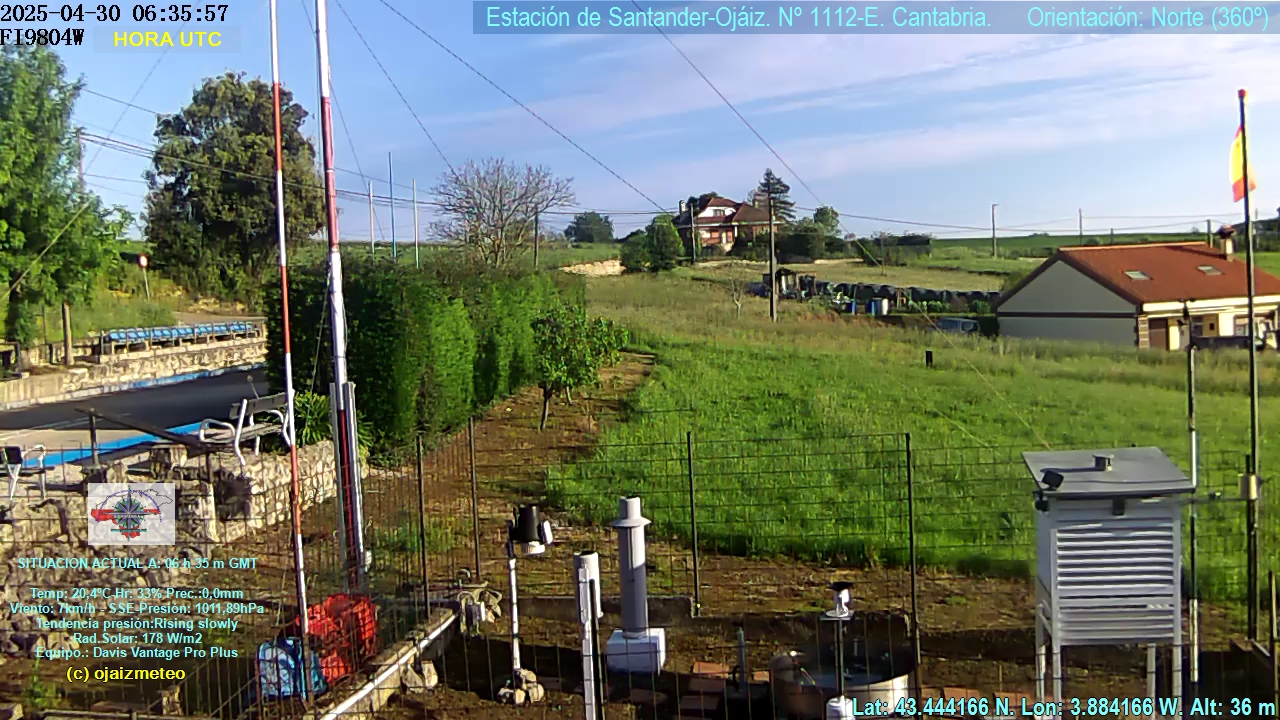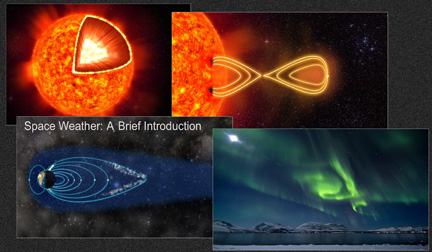Product: 3-Day Forecast
- Issued: 2024 Nov 23 0030 UTC
Prepared by the U.S. Dept. of Commerce, NOAA, Space Weather Prediction Center.
Geomagnetic Activity Observation and Forecast
The greatest observed 3 hr Kp over the past 24 hours was 4 (below NOAA
Scale levels).
The greatest expected 3 hr Kp for Nov 23-Nov 25 2024 is 3.67 (below NOAA
Scale levels).
NOAA Kp index breakdown Nov 23-Nov 25 2024
| Nov 23 | Nov 24 | Nov 25 |
|---|
| 00-03UT | 3.00 | 2.33 | 2.33 |
| 03-06UT | 3.67 | 2.67 | 3.00 |
| 06-09UT | 2.00 | 2.33 | 2.00 |
| 09-12UT | 1.67 | 2.33 | 2.00 |
| 12-15UT | 1.33 | 2.00 | 1.67 |
| 15-18UT | 0.67 | 2.00 | 2.00 |
| 18-21UT | 1.00 | 2.00 | 2.00 |
| 21-00UT | 1.00 | 1.67 | 2.33 |
Rationale: No G1 (Minor) or greater geomagnetic storms are expected.
Solar Radiation Activity Observation
Solar radiation, as observed by NOAA GOES-18 over the past 24 hours, was
above S-scale storm level thresholds.
Solar Radiation Storm Forecast for Nov 23-Nov 25 2024
| Nov 23 | Nov 24 | Nov 25 |
|---|
| S1 or greater | 10% | 5% | 5% |
Rationale: There is a slight chance of S1 (Minor) or greater solar
radiation storms on 23-25 Nov.
Radio Blackout Activity
Radio blackouts reaching the R1 levels were observed over the past 24
hours. The largest was at Nov 22 2024 1546 UTC.
Radio Blackout Forecast for Nov 23-Nov 25 2024
| Nov 23 | Nov 24 | Nov 25 |
|---|
| R1-R2 | 60% | 60% | 60% |
| R3 or greater | 15% | 15% | 15% |
Rationale: M-class flares (R1/R2-Minor/Moderate) are likely, with a
slight chance of X-class (R3-Strong) flares, on 23-25 Nov.












 for more information
for more information








 Losts of interesting information
Losts of interesting information


